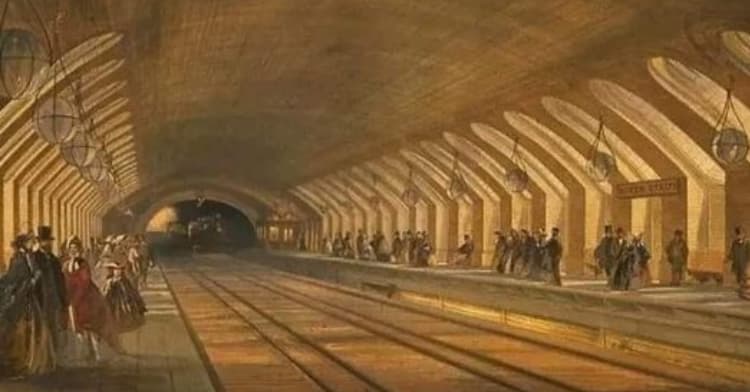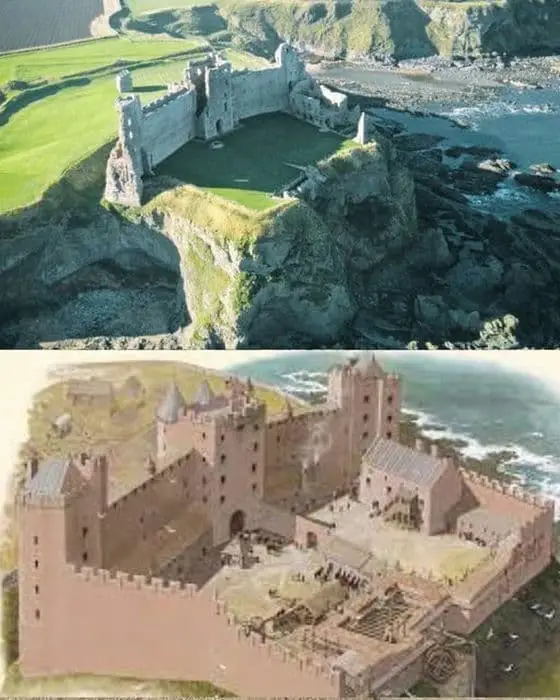
Tantallon Castle, situated on the breathtaking East Lothian coastline, stands as a testament to Scotland’s turbulent past and enduring architectural heritage. Built in the 14th century, it remains one of the country’s most captivating ruins, offering visitors a glimpse into its fiery history and dramatic setting.

Perched on a coastal headland, Tantallon Castle commands awe-inspiring views of the Bass Rock and the North Sea. Its distinctive structure, characterized by a solitary curtain wall fortifying the promontory, sets it apart as a unique and historically significant site.
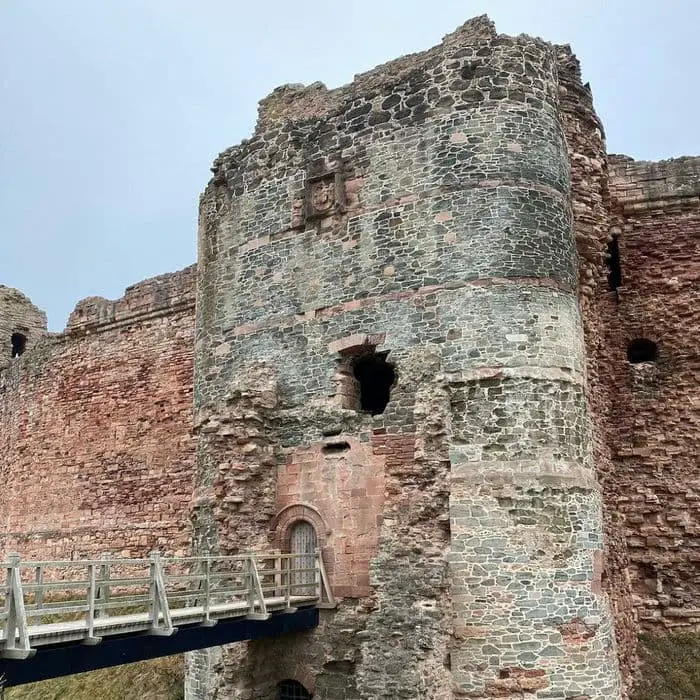
Constructed of indigenous red sandstone, the castle’s defenses are formidable, with steep sea cliffs guarding its approaches. A robust gatehouse and towers punctuate the curtain wall, while a northern range of edifices, including a hall, encircle a spacious courtyard.
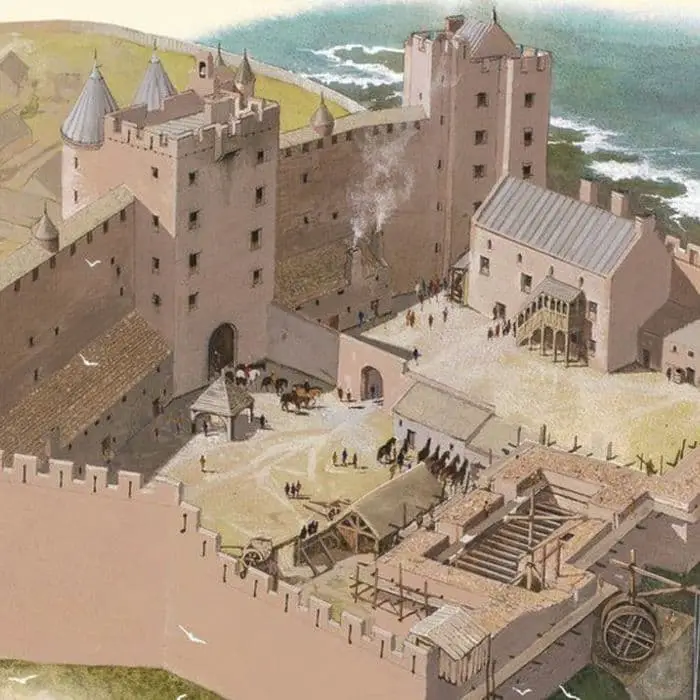
Tantallon Castle has endured its share of sieges and conflicts throughout the centuries, including notable assaults by James IV, James V, and Oliver Cromwell. Despite its storied past, the castle fell into ruin following Cromwell’s siege in 1651 and was never restored or inhabited again.
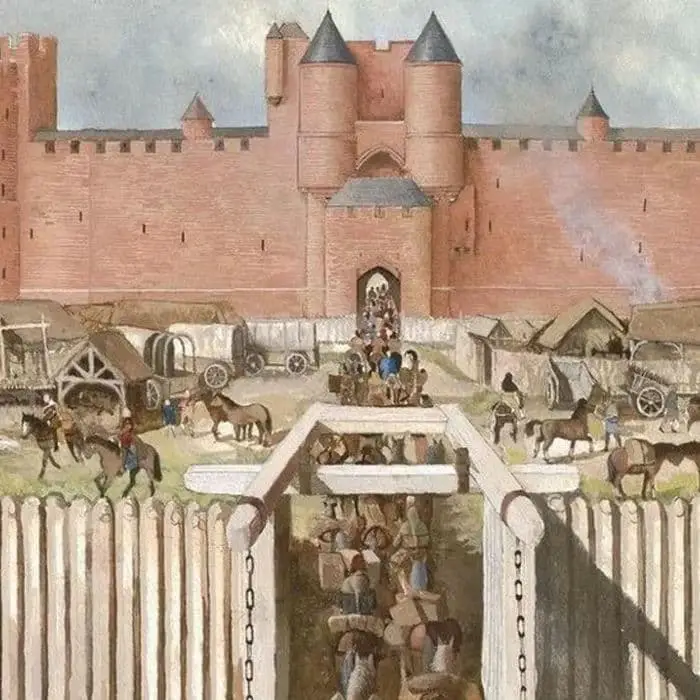
In the 20th century, amidst preparations for the Normandy invasion, Tantallon Castle found a new role as a training site for RAF bomber crews. Captured German radars were relocated to the castle, contributing to strategic deception efforts aimed at misleading the enemy regarding the true location of the Allied invasion.
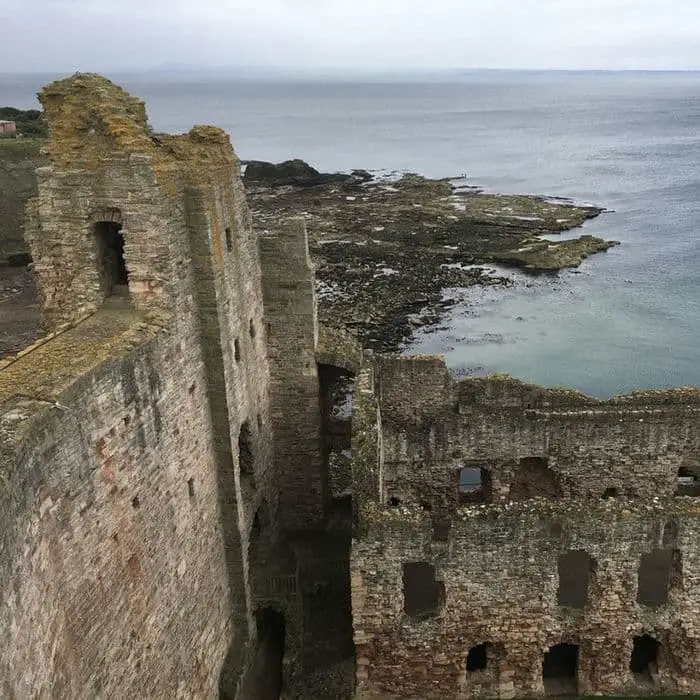
Today, Tantallon Castle is cared for by Historic Environment Scotland, welcoming visitors to explore its cliff-top ruins and learn about its rich history. Visitors can ascend to the battlements for panoramic views, discover archaeological finds, and view replica guns used in its defense.
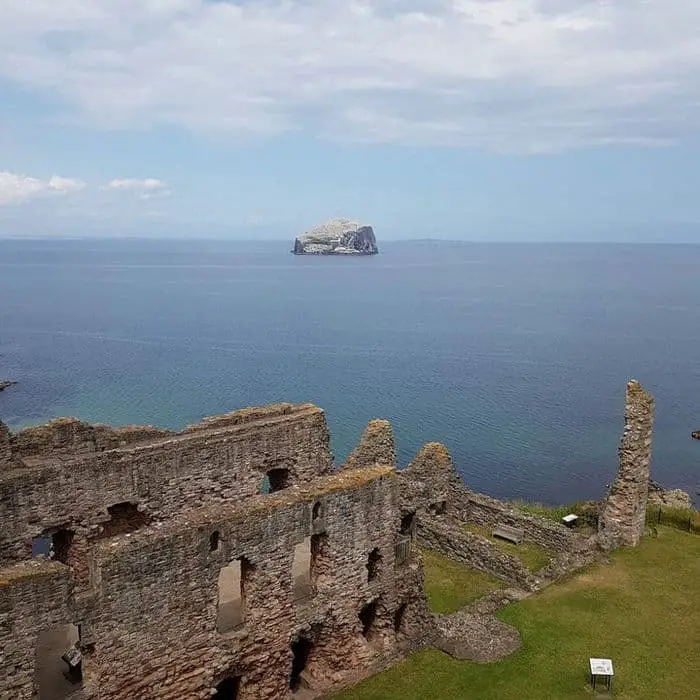
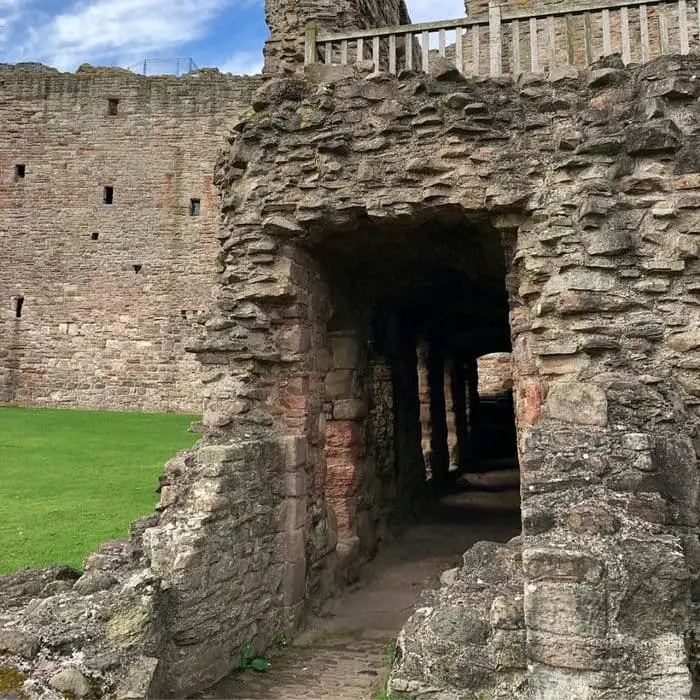
The castle’s dramatic setting and fascinating history continue to captivate visitors, making it a popular destination for those seeking to immerse themselves in Scotland’s past. Whether admiring its architectural splendor or marveling at its scenic vistas, Tantallon Castle remains a must-visit landmark on Scotland’s East Lothian coastline.

